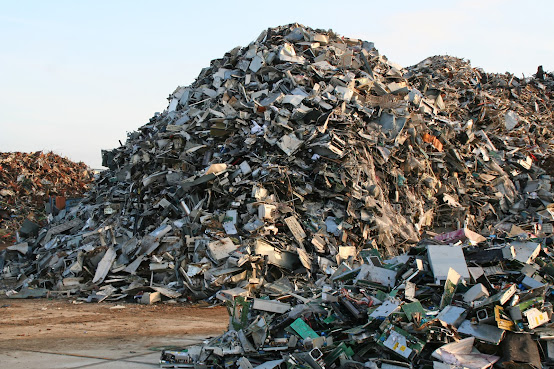Why Are Scrap Metal Prices Fluctuating So Rapidly?
In today's dynamic economic landscape, the prices of scrap metal are subject to frequent and sometimes dramatic fluctuations. Understanding the reasons behind these rapid changes is crucial for businesses, investors, and anyone involved in the scrap metal industry. In this blog post, we'll delve into the key factors driving the swift fluctuations in scrap metal prices Melbourne wide.
1. Global Economic Trends
One of the primary factors influencing scrap metal prices is the state of the global economy. Economic growth or recession in major economies can have a significant impact on demand for raw materials, including scrap metal. During periods of economic expansion, increased construction, manufacturing, and infrastructure projects drive up demand for scrap metal, pushing prices higher. Conversely, economic downturns can lead to decreased demand, resulting in price declines.
2. Supply and Demand Dynamics
The basic principles of supply and demand play a crucial role in determining scrap metal prices. Fluctuations in supply, such as changes in the availability of scrap metal due to recycling rates, production levels, or regulatory factors, can affect prices. Similarly, shifts in demand from industries such as automotive, construction, and manufacturing can influence the balance between supply and demand, leading to rapid price changes.
3. Commodity Market Volatility
Scrap metal is traded as a commodity on global markets, subjecting it to the same volatility as other commodities like oil, gold, and copper. Factors such as geopolitical tensions, trade disputes, currency fluctuations, and speculative trading can cause sudden price swings in the commodity markets, impacting scrap metal prices.
4. Currency Exchange Rates
The exchange rates between currencies also play a role in determining scrap metal prices Melbourne, especially for countries involved in international trade. When the value of a currency fluctuates relative to others, it can affect the cost of importing and exporting scrap metal, influencing prices in the domestic market.
5. Environmental Regulations and Policies
Environmental regulations and policies imposed by governments can affect the supply and cost of scrap metal. Stricter environmental standards may lead to increased recycling rates and higher demand for scrap metal as a raw material, driving prices up. Conversely, regulatory changes that restrict or incentivise certain industries may impact demand for scrap metal, causing price fluctuations.
6. Technological Advances
Advancements in technology can impact the scrap metal industry by altering production methods, improving efficiency, and creating new opportunities for recycling. Innovations in metal extraction, processing, and recycling technologies can affect the supply and cost of scrap metal, influencing prices in the market.
7. Speculative Trading and Investor Sentiment
Speculative trading and investor sentiment can contribute to short-term volatility in scrap metal prices. Traders and investors may buy or sell scrap metal futures contracts based on anticipated changes in supply, demand, or market conditions, amplifying price fluctuations in the short term.
The rapid fluctuations in scrap metal prices Melbourne are driven by a complex interplay of global economic trends, supply and demand dynamics, commodity market volatility, currency exchange rates, environmental regulations, technological advances, and speculative trading. Understanding these factors is essential for stakeholders in the scrap metal industry to navigate market risks, make informed decisions, and adapt to changing conditions effectively.
By staying abreast of these influences, businesses and investors can better manage their exposure to price volatility and position themselves for success in the dynamic scrap metal market.




Comments
Post a Comment